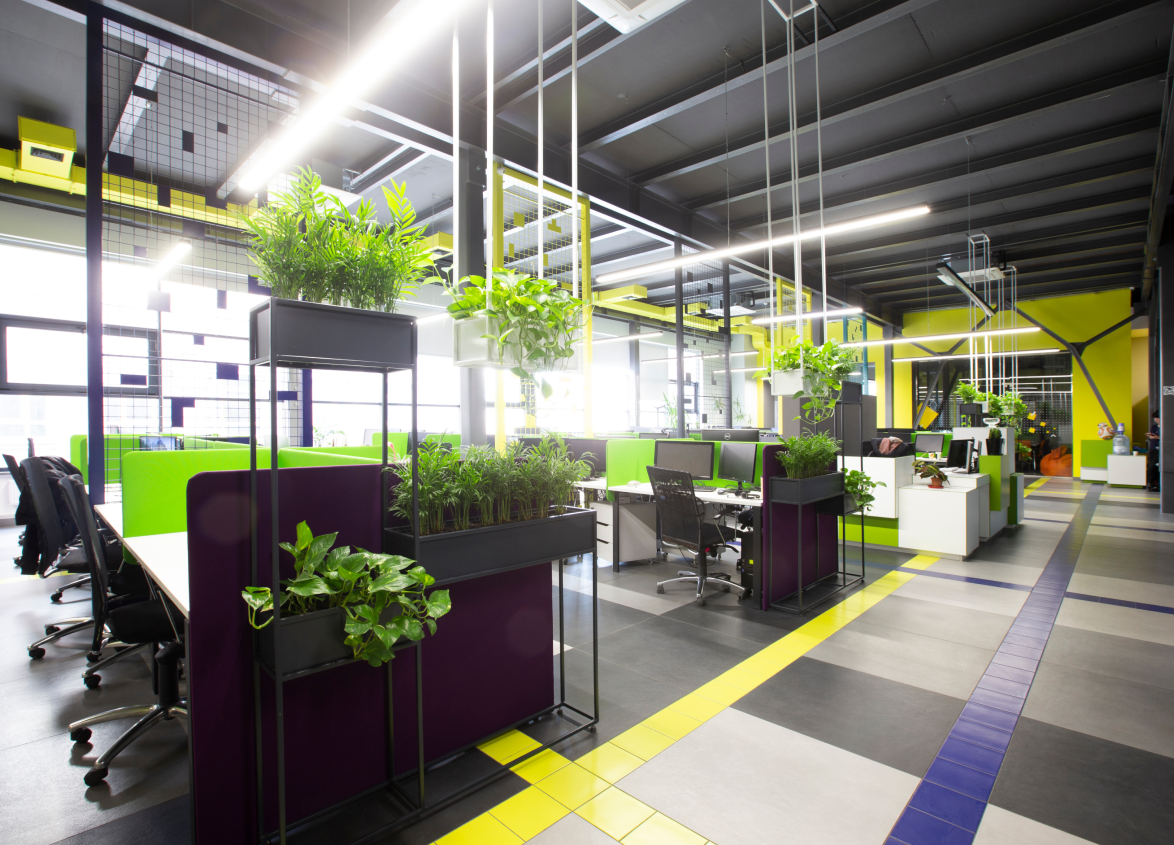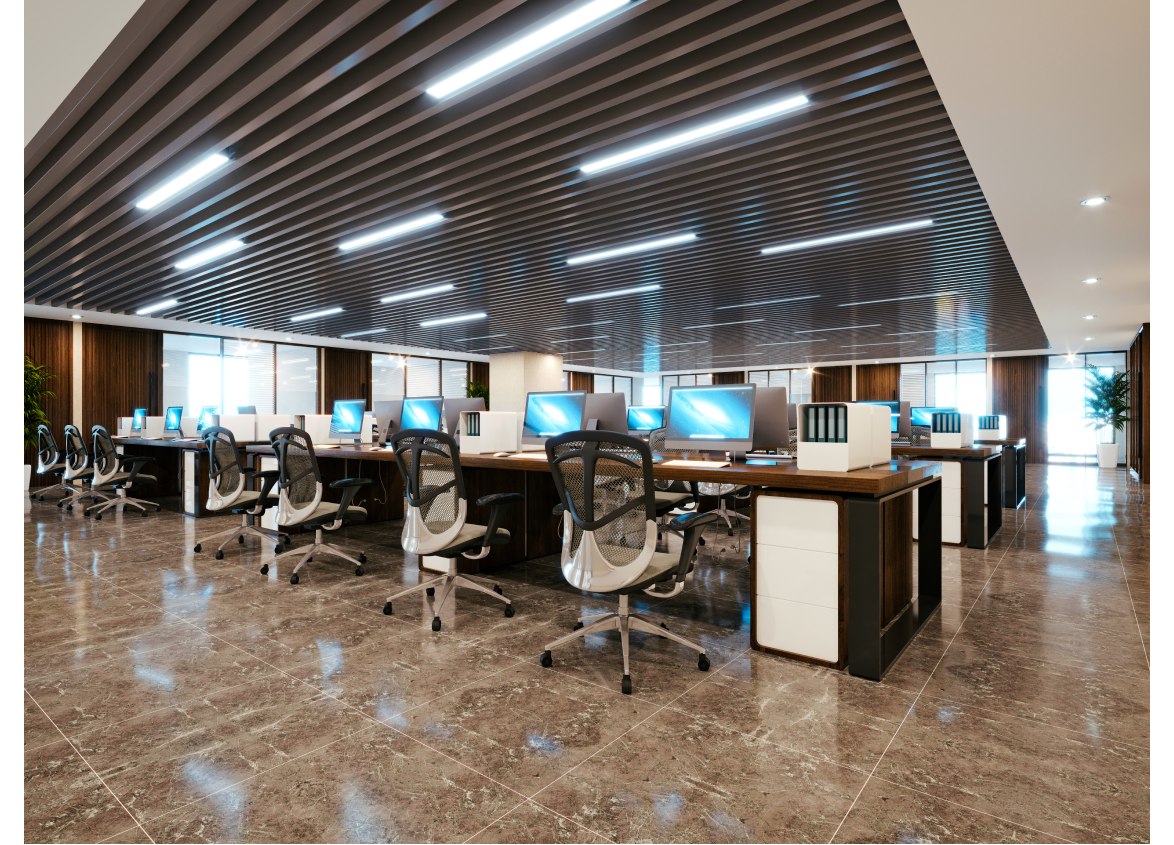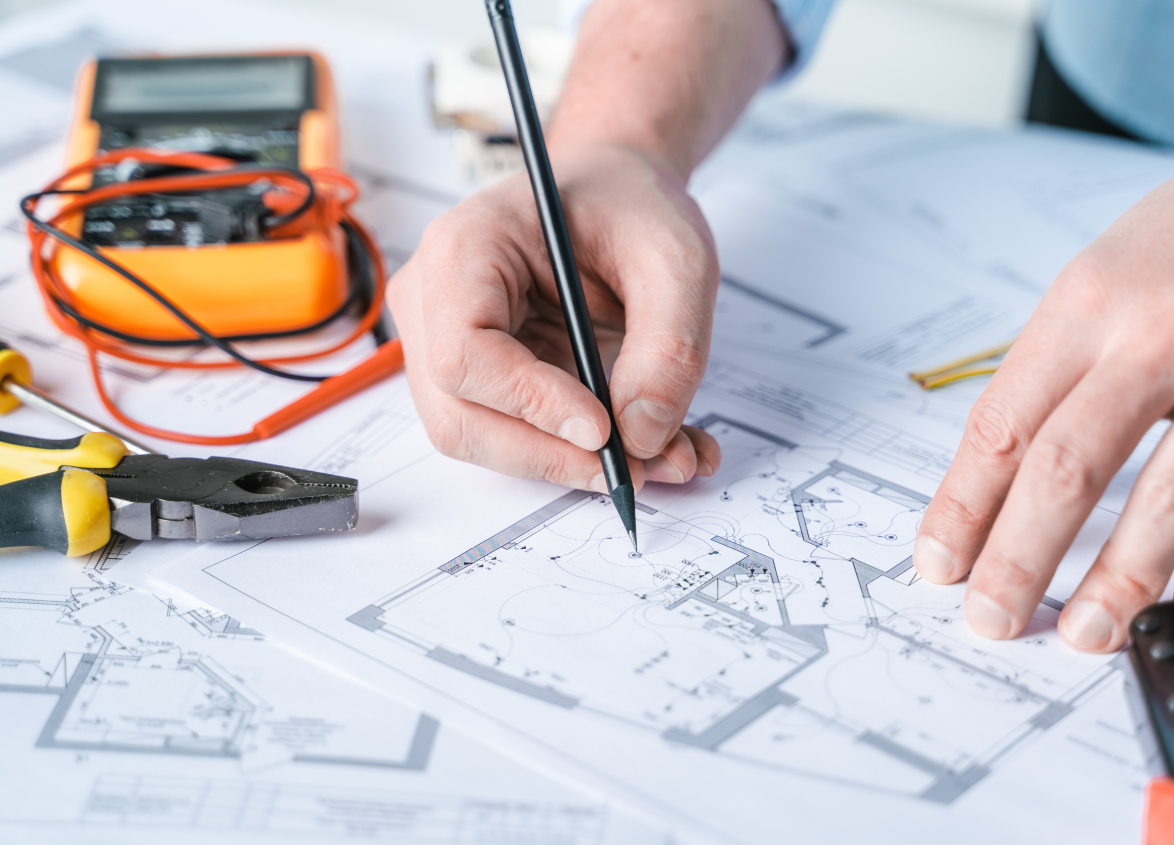
Commercial
Impact of Collaborative Workspaces on Employee Engagement
September 19, 2024
What is a Collaborative Workspace?
Collaboration space is the modern working environment where the setting makes most of the employees work in collaboration, interact and generate ideas with a lot of creativity. Rather than having individual cubicles like traditional workplace settings, these spaces offer open layouts, flexible seating, and shared resources to foster collaboration among employees.
Whether one is working in a modern collaborative work area or coworking space, collaboration will be fostered to make the culture of working more lively and connected. Collaboration may happen as naturally as it could in such settings, improving communication, solving problems and innovating ideas.
Indeed, companies notice that with growing interest in flexible and collaborative work models, the conventional office setting no longer meets the ever-changing needs of today's workforce. This new trend toward collaborative spaces is changing the way employees experience their jobs, interact with one another and innovate.
Types of Collaborative Workspaces
Collaborative workspaces come in various forms, each suited to different types of work environments.
1. Traditional Offices with Collaboration Spaces
Modern organizations have embraced collaborative office space as one of the big modern trends. Traditional offices have thus been adapted to include open areas, lounge spaces, and even standing desks where employees can come out and hold meetings or brainstorm ideas. Employees won't feel confined to the isolation of cubicles but can more easily join together at a moment's notice, share ideas, and work collaboratively.
2. Coworking Spaces
In recent times, coworking spaces have gained immense popularity among owners of startups, freelancers, and small business entities. Facilities offered vary from a single desk in the open-plan seating area to a private desk in a shared commercial office space environment where individuals and teams can work dynamically in a social atmosphere. In coworking, collaboration often goes beyond just one company to a dynamic ecosystem of cross-company innovation and networking.
3. Shared Office Spaces
While similar to coworking, shared offices are flexible, shared work environments with more structure. Companies rent parts of the office for private work but still have access to community spaces, which include meeting rooms or relaxation areas. These spaces thus provide both a balance of focus on the individual and collaborative effort that is ideal for businesses seeking flexibility yet control over office setups.
Key Characteristics of Collaborative Workspaces
Certain features define modern collaborative workspaces:
Open Layouts
These spaces have less walling or other barriers that impede movement and limit the interaction among employees.
Flexible Furniture
Moveable desks, chairs, and dividers provide the teams with the capability of structuring the space based on needs every day. This flexibility is highly essential for creativity and interaction.
Integration of Technology
Truly tech-savvy collaborative spaces are equipped with video conferencing, high-speed internet, and interactive whiteboards to enhance collaboration, both in-person and virtual.
Quiet Zones
While the watchword is collaboration, there's also a need for focus. Thus, quiet zones form part of most modern collaborative workspaces where employees retreat when they need to focus.
Common Spaces
Kitchens and lounges are some of the places used for relaxation; casual conversations can evolve into brainstorming sessions anytime.
Benefits of a Collaborative Workspace
Collaborative workspaces have shown tremendous benefits for both employees and employers. Here are some of the most significant advantages:
1. Increased Productivity
When workers work in an area designed to enable collaboration, the workers are significantly more productive. The capability to share thoughts in real-time means that problems are solved much faster. In addition, collaboration areas within offices cut down on the need for long email chains or scheduled meetings because employees can simply discuss their work on the spot.
2. Enhanced Creativity
Creativity is fostered in an open environment where sharing of ideas can be freely exchanged among the participants. While working in collaborative work environments, people show more willingness to brainstorm new ideas and add new ideas to others' suggestions. These types of exchanges will lead to breakthrough ideas and innovations.
3. Improved Communication
The communication barriers that exist in traditional office environments are torn down in collaborative office spaces. In their place, teams can discuss projects sans the formalities of booking meeting rooms or sending streams of emails. Communication flows easier and smoother in person or virtually.
4. Cost-Effective for Businesses
Sometimes, coworking or shared office spaces can be more economical, as compared to renting and maintenance of a traditional office. Such firms save on real estate, utilities, and office management, among others, by using flexible workspaces.
5. Flexibility
In turn, this enables them to get into work in whatever environment and fashion they choose while offering spaces for collaboration, concentration, and relaxation. This empowering and flexible factor will give employees the idea of being in control of their environment.
6. Employee Satisfaction and Retention
Places of employment that are collaboration-friendly tend to show higher levels of satisfaction among employees. Workers are most connected and engaged, which leads to higher retention. Thus, collaborative environments enhance employee retention rates.
Collaborative Workspaces and Employee Engagement
A strong connection exists between collaborative workspaces and employee engagement. Here are some key ways in which collaborative workspace design can boost engagement:
1. Fostering Connection and Belonging
One of the biggest factors of employee engagement pertains to employees being part of a team. Co-office spaces tear down the barriers among team members and departments, enabling employees to feel more connected with one another. Employees who feel they are part of something much greater than themselves are more likely to be engaged in their work.
2. Recognition and Motivation
Recognition flows naturally from collaboration. When collaboration among employees occurs, their contributions become more apparent to fellow colleagues and managers. Public recognition of employees' contributions keeps them motivated, which in turn improves engagement.
3. Enhancing Job Satisfaction
Flexibility and creative freedom are generally characteristic of collaborative spaces, leading to higher levels of job satisfaction. The ability to better control how work is done can result in a sense of accomplishment and a feeling of a job well done.
4. Empowerment
Space and method are left to the discretion of the employee in a modern, truly collaborative workspace. Whether employees need quiet time to focus deeply or wish to work on a group project, the flexibility in space allows them to decide what works best for them. This form of empowerment enhances engagement and boosts morale.
5. Learning and Growth
Collaboration increases the chances of employees receiving multiple perspectives and ideas. This constant learning and professional development help employees feel engaged with their work and invested in the company.
Modern Collaborative Workspace Design Considerations
There are certain design considerations that need to be taken into account to create an engaging and productive collaborative workspace.
Acoustics
Open settings may, at times, cause high noise levels that disturb some workers from concentrating. This can be solved by installing sound-absorbing materials or creating areas for quietness.
Technology Integration
In a collaborative office setting, the incorporation of technology like video conferencing tools, interactive screens, and cloud-based software is essential for effective communication.
Ergonomics
Not only should furniture be flexible, but it should also be comfortable and ergonomic to support long working hours.
Sustainability
Most modern coworking spaces are designed to be sustainable by using eco-friendly materials, energy-efficient lighting, and other items that demonstrate concern for sustainability.
Conclusion
The concept of collaborative workspaces revolutionizes the way we work by encouraging interaction, communication, and creativity. Such an environment is bringing employee engagement back into modern workplaces, improving communication, and encouraging innovation that is much needed.
Modern collaborative workspaces are no longer an exception but the rule in today's time, with businesses increasingly adopting flexible and collaborative models. These workspaces undoubtedly have positive impacts on employee engagement. Whether through effective communication, job satisfaction, or employee empowerment, modern collaborative workspaces prove to be assets for firms that need to be competitive in a continuously evolving business environment.
Therefore, the addition of collaborative spaces to the office will be one intelligent decision for companies considering better team development along with increasing engagement and driving innovation.
MUST READ
Looking for something specific?
We'd be delighted to help you.





























































































































































































































































































































































































